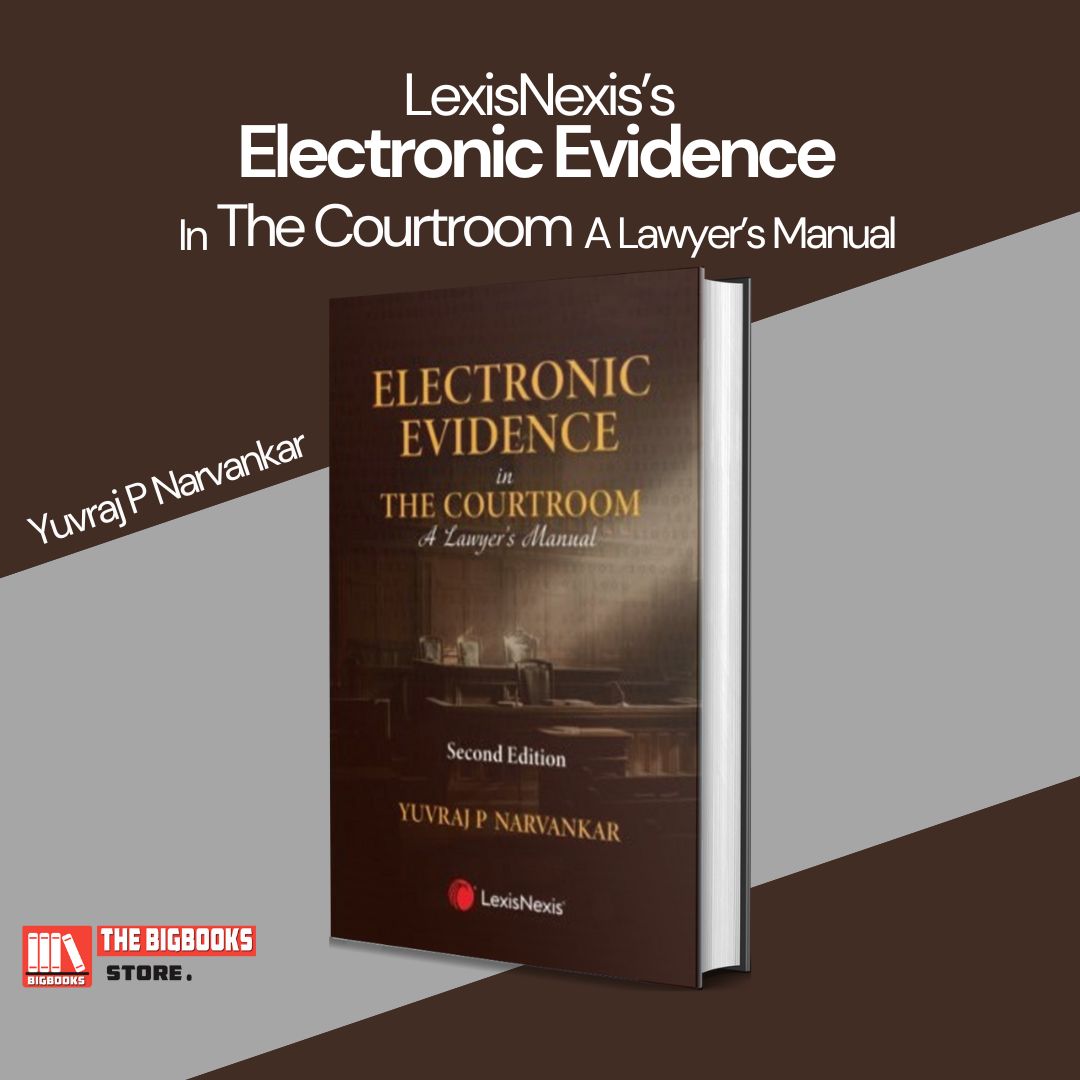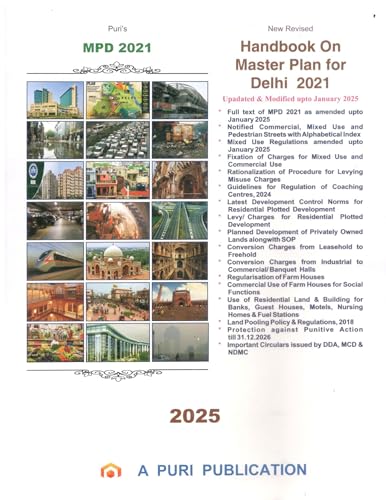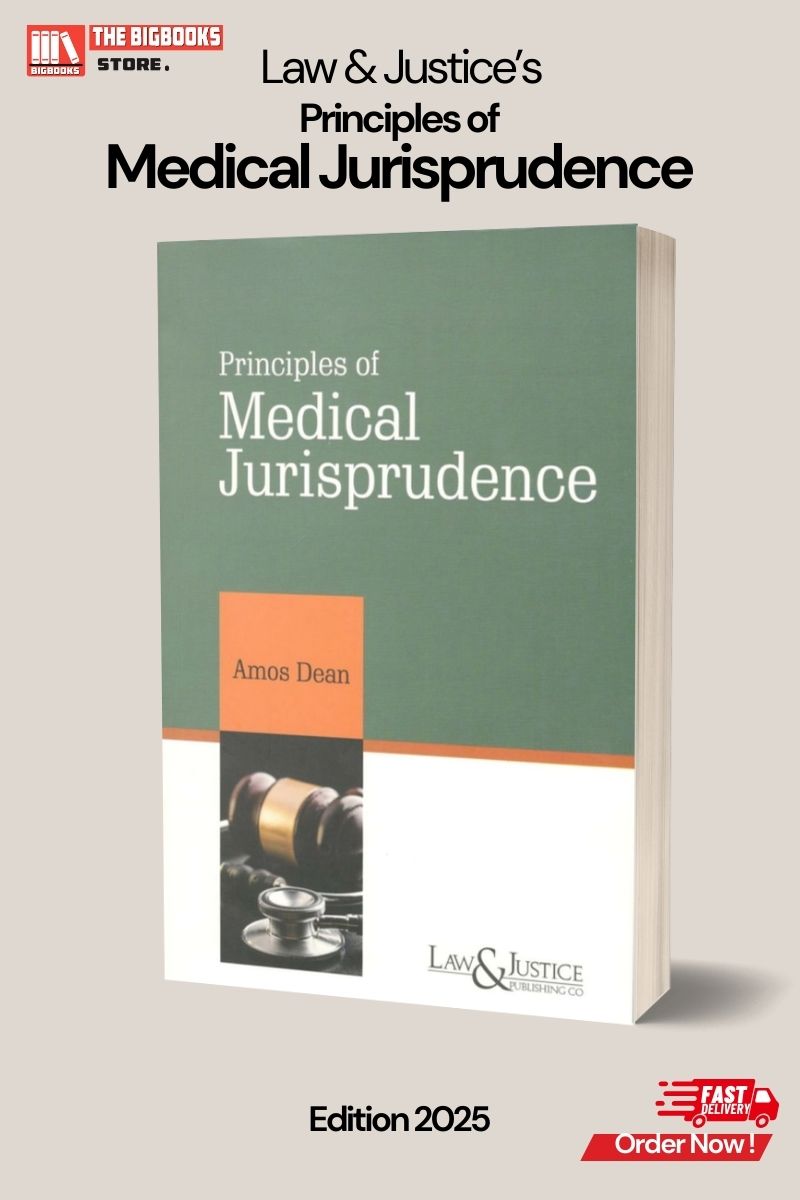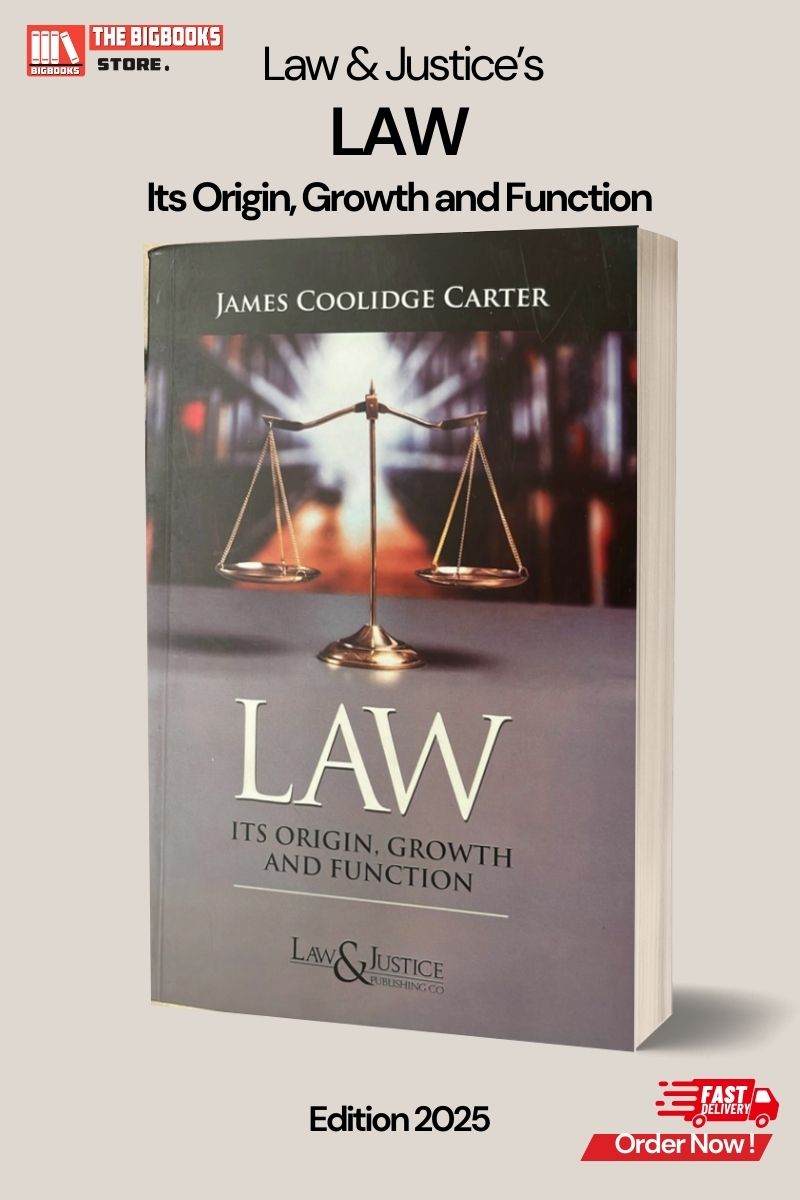LexisNexis's Electronic Evidence in the Courtroom: A Lawyer’s Manual - 2nd Edition 2025
| Author : | Yuvraj P Narvankar |
|---|

580

English

2nd Edition 2025
LexisNexis's Electronic Evidence in the Courtroom: A Lawyer’s Manual - 2nd Edition 2025 is an indispensable guide for legal professionals navigating the increasingly complex landscape of digital evidence. This thoroughly updated second edition provides a comprehensive and practical framework for understanding, admitting, and utilizing electronic evidence effectively in litigation. Written by leading experts in the field, this manual bridges the gap between technology and law, offering clear explanations of technical concepts alongside practical legal strategies.
This book is intended for the following audience:
- Litigators: Attorneys involved in civil and criminal litigation who need to understand how to handle electronic evidence from discovery through trial.
- Judges: Provides valuable insights into the legal and technical issues surrounding electronic evidence, assisting in informed decision-making.
- Corporate Counsel: In-house lawyers responsible for advising their organizations on e-discovery compliance and managing electronic information.
- IT Professionals: Offers a crucial understanding of the legal implications of data storage, retrieval, and preservation for IT professionals supporting legal teams.
- Legal Academics and Students: A valuable resource for understanding the evolving legal framework surrounding electronic evidence.
The Present Publication is the 2nd Edition | 2025 and has been updated till [Insert Date - e.g., February 1, 2025].
Key Features:
- Comprehensive Coverage: Explores all aspects of electronic evidence, from its initial identification and preservation to its presentation and admissibility in court.
- Practical Guidance: Offers step-by-step advice on handling various types of electronic evidence, including emails, text messages, social media posts, metadata, and cloud-based data.
- Updated Case Law: Incorporates the latest case law and legal precedents related to electronic evidence, ensuring practitioners are up-to-date on current legal standards.
- Technical Explanations: Provides clear and concise explanations of technical concepts, making complex information accessible to legal professionals.
- E-Discovery Best Practices: Covers best practices for e-discovery, including data preservation, collection, processing, review, and production.
- Expert Insights: Offers insights and strategies from leading experts in the field of electronic evidence.
- Checklists and Templates: Includes practical checklists and templates to assist lawyers in managing electronic evidence effectively.
- Ethical Considerations: Addresses the ethical considerations related to handling electronic evidence, including confidentiality, privilege, and spoliation.
Coverage Highlights:
- Identifying and Preserving Electronic Evidence: Explores methods for identifying, preserving, and collecting electronic data from various sources.
- E-Discovery Process: Provides a detailed overview of the e-discovery process, including planning, meet and confer conferences, and discovery requests.
- Admissibility of Electronic Evidence: Explains the rules of evidence and how they apply to electronic evidence, including authentication, hearsay, and best evidence rules.
- Authentication of Electronic Evidence: Discusses various methods for authenticating electronic evidence, including metadata analysis and chain-of-custody documentation.
- Presentation of Electronic Evidence: Offers guidance on effectively presenting electronic evidence in court, including the use of demonstrative exhibits and expert testimony.
- Emerging Technologies: Covers the legal implications of emerging technologies, such as cloud computing, mobile devices, and social media.
- International Considerations: Addresses the challenges of cross-border e-discovery and international data privacy laws.
Structure of the Book:
The book is logically organized to guide readers through the complexities of electronic evidence:
- Part I: Foundations of Electronic Evidence: Provides an overview of electronic evidence and its legal significance.
- Part II: E-Discovery Process: Covers the various stages of the e-discovery process, from preservation to production.
- Part III: Admissibility and Authentication: Explores the rules of evidence and how they apply to electronic evidence.
- Part IV: Presenting Electronic Evidence: Offers practical guidance on presenting electronic evidence in court.
- Part V: Emerging Technologies and Ethical Considerations: Addresses the legal and ethical implications of new technologies.
- Appendices: Includes relevant rules, statutes, and sample forms.
- Index: Provides a comprehensive index for easy reference.












![S. Rajaratnam’s Charitable Trusts and Religious Institutions - 20th 2025 Edition [As Amended by the Finance Act, 2025] - A Digest on Formation, Administration & Tax Management ( Paperback) S. Rajaratnam’s Charitable Trusts and Religious Institutions - 20th 2025 Edition [As Amended by the Finance Act, 2025] - A Digest on Formation, Administration & Tax Management ( Paperback)](uploaded_files/product/1744426360.jpg)






